Brett, in his own words, works on projects, makes mosaics, reads Finnegans Wake, and enjoys dumb jokes.
He is also the founder of Sefaria, a living library of Jewish texts online, the owner of an Insta-famous dog (named Finnegan, of course), a proud San Franciscan, and more.
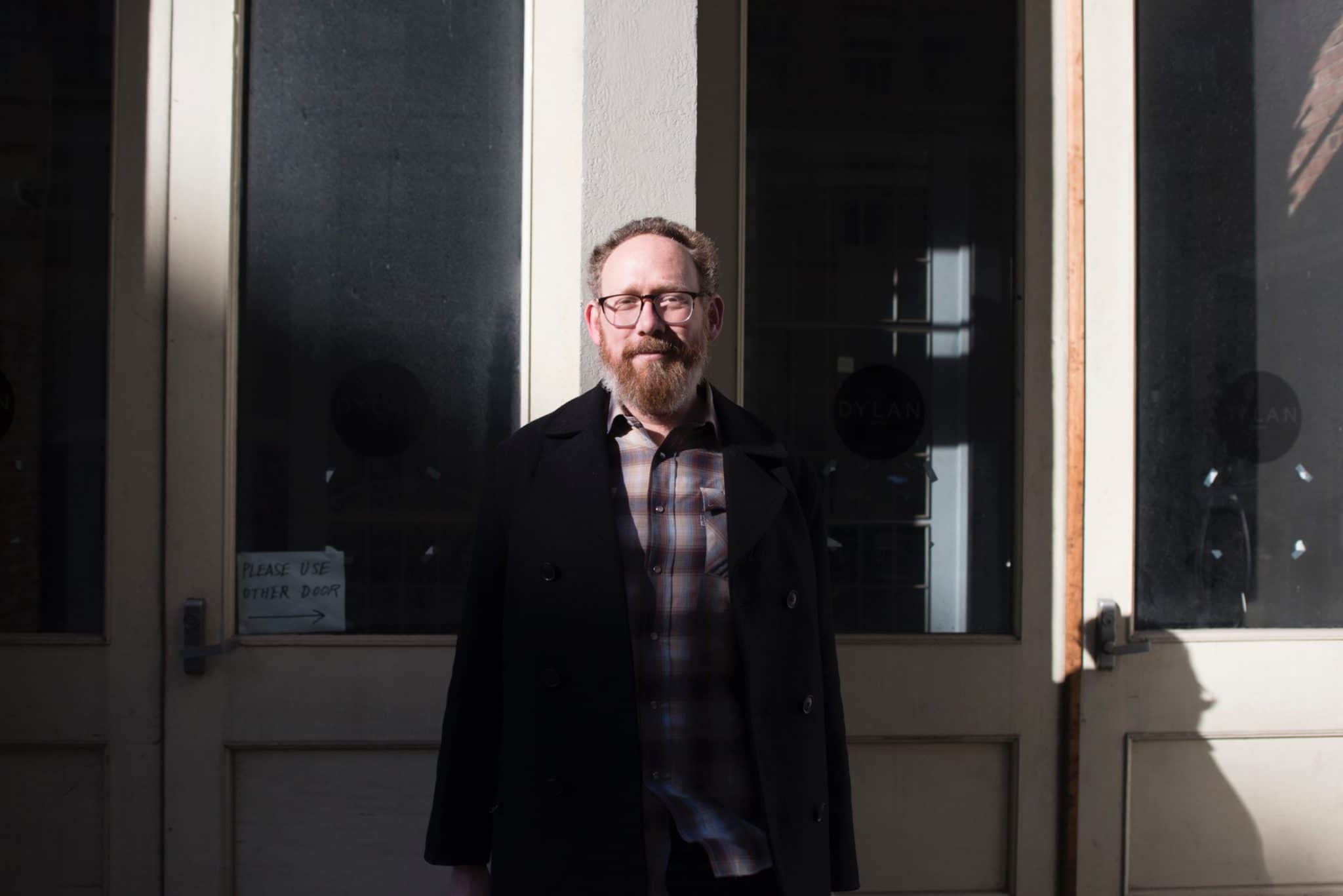
What’s your earliest memory?
My earliest memory is a party in my dining room in my home in Denver. They brought my crib down, and I remember the sparkling of streamers coming down from the ceiling. They were silver and bronze.
What is the story behind your name?
The story that I was told is that I was named Brett because it means “red,” and I came out with red hair. I always thought that was kind of weird, because Brett means somebody who’s British, which I’m not. Later on, my mom said it was related to Bret Maverick. She felt some affinity for that character.
My last name means “fishmonger.” It’s true, I really like salmon.
I was traveling with my family in England when I was a teenager, and I opened up a phone book to see if there were any Lockspeisers around. We found some, and we’ve been friends ever since.
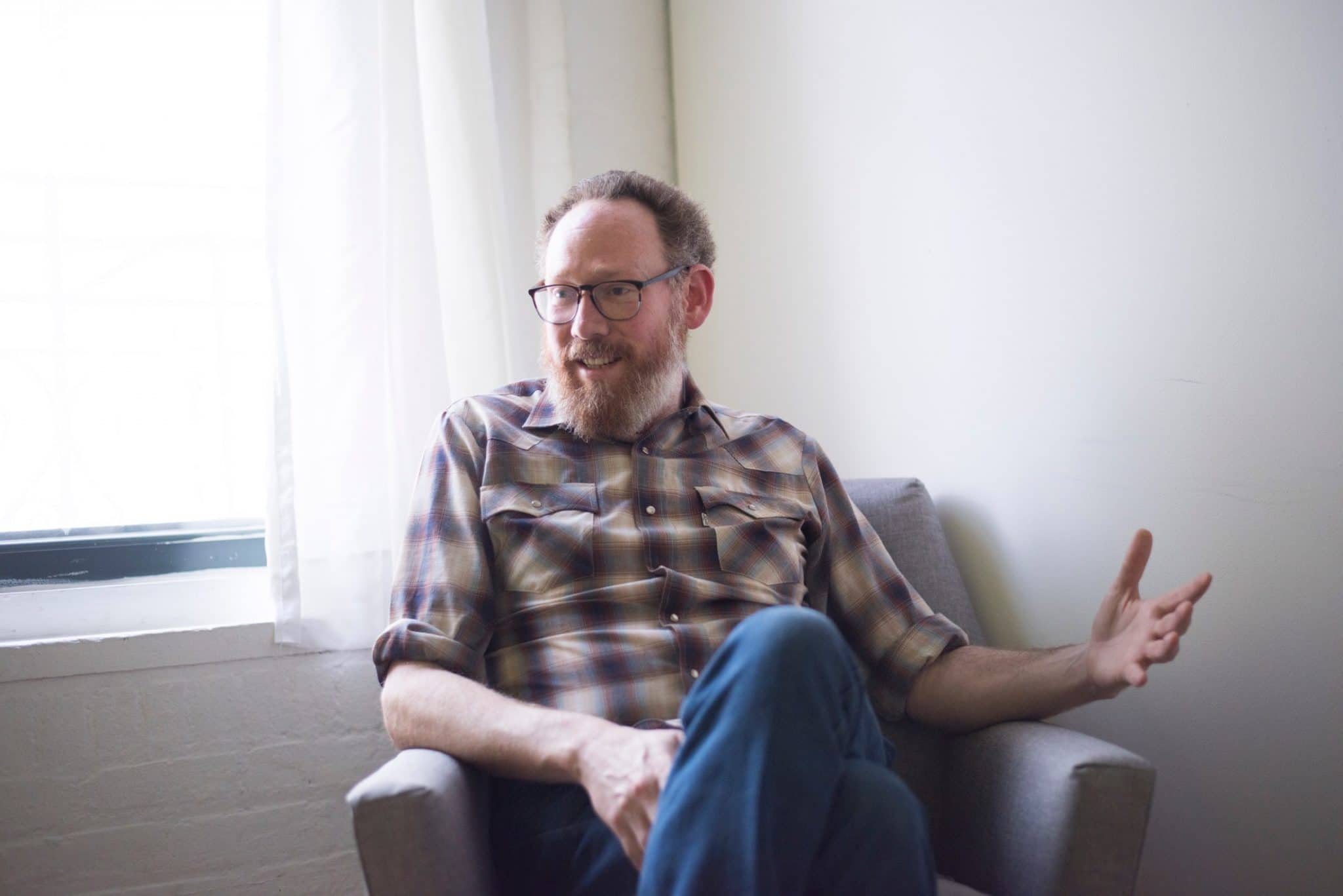
Tell me about your early years.
I grew up with a great family in a good city. My mother’s an artist, my father’s a doctor. They always encouraged a love of books and creativity. I grew up in a congregation called Kohelet, which was a nondenominational group of families, had no rabbi by design, sort of a do-it-yourself group of people that enjoyed engaging in Jewish learning and ritual. I had a lot of good experiences there with Jewish texts and Jewish teachers.
I was a relatively bookish kid. I went through various phases of cultural identity, including a Goth phase.
What advice would you give your teenage self?
Man, sometimes I feel like my teenage self should be giving me advice.
What can you learn from your teenage self?
My teenage self was really curious and driven. It feels harder now. I would tell myself to have other kinds of experiences and go out and connect with people in more ways.
How did Judaism play a role in your childhood?
I had a bar mitzvah. I had a good community of people to help me learn the basics. What was important was a text study at Kohelet that happened on Sunday mornings.
We looked at texts and tried to toss them around, over and over again, and make them meaningful for life. It really worked.
I was engaging and enjoying the process. We’d get into pieces of the Talmud, and it was starting to feel like there was something deep and magical in these stories. They were complex, they didn’t have simple morals.
A book I read in my teenage years was Jewish Meditation by Aryeh Kaplan. That was my first experience meditating. I was curious about a lot of religions.
I had some great experiences going from Denver up to Boulder, where the Naropa Institute is. Rabbi Zalman Schachter Shalomi was teaching there at the time. I took classes in Hasidut. I was the youngest kid in the room. I think I must have found out about it on the internet. Luckily, my parents were totally supportive.
Is there a particular Jewish text or teaching that has stuck with you since childhood?
This comes out of the Jewish context, but I don’t know which text or tradition. Imagine that you’re going to the airport, and you’re late, and somebody gets in your way, and you get really angry at them for making you late. You miss your flight because of this person, and you feel so angry. Later, you hear that the plane you were going to be on crashed.
The question then was, what happens to your anger? Examine the anger that you felt. Where does it come from and what was it all about?
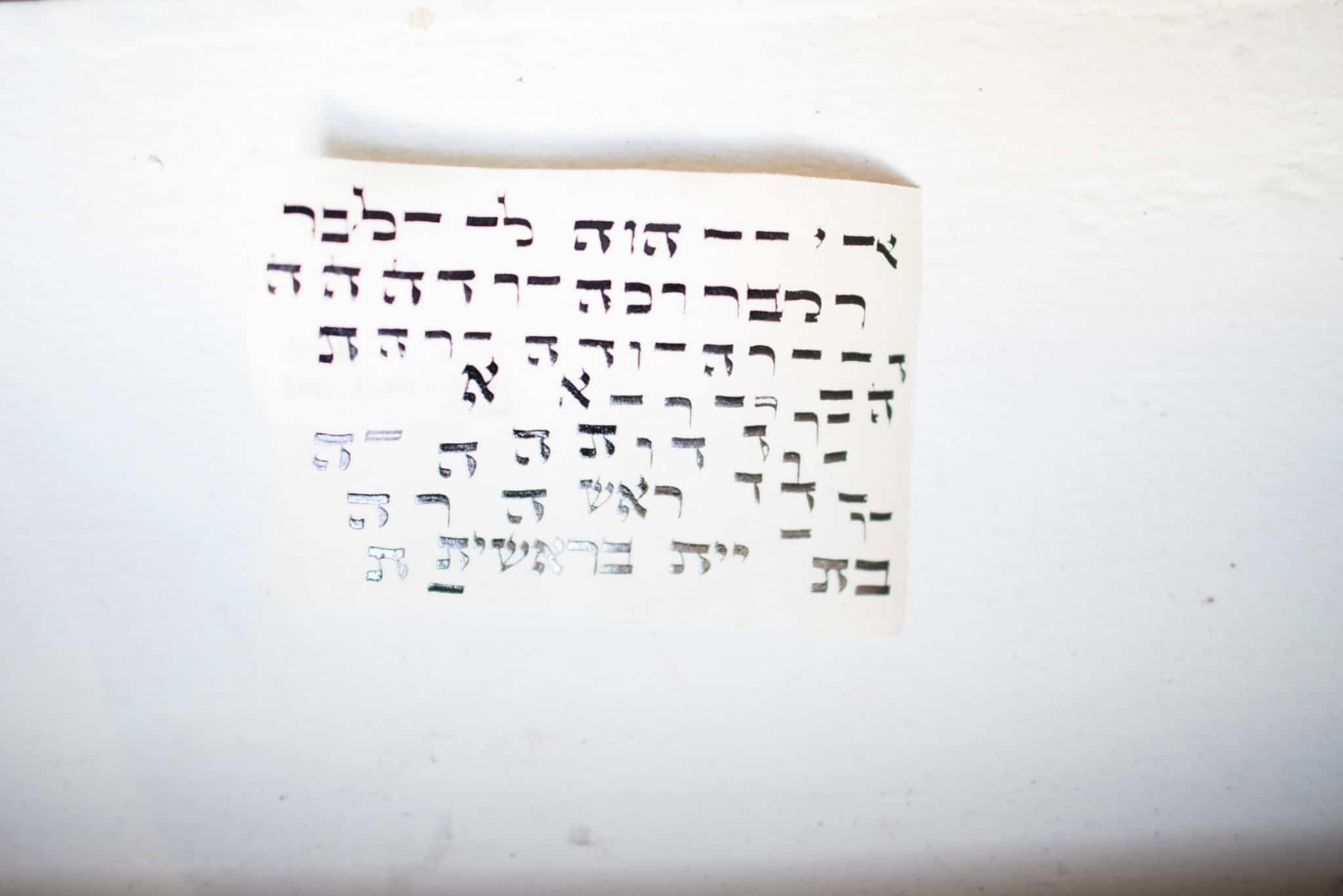
How did your Jewish practice evolve after you left home?
I took a year off after I graduated from high school and went to study in Israel. It was a complex and difficult path. The texts tell you to do these particular things which have very practical implications for your day-to-day life. I never really thought of myself as a religious person, but I wanted to take the texts seriously.
I was going into an Orthodox environment, I was becoming more observant, but my family wasn’t. Being in a yeshiva helped to clarify that it wasn’t me at all.
I can be spiritual and Jewish and secular.
By the time I left yeshiva, I was no longer putting on tefillin every day. I went off to college and was no longer in strictly religious environments.
What’s a Jewish ritual or tradition that you love?
Finding environments where I could learn Jewish texts was still important to me in college. Passover was a holiday that I really loved to engage in and throw a big dialogue party. That’s the way the Seder is. It’s a time when you invite people over to have dialogue.
I always host the Seder. In San Francisco, now, it tends to be mostly non-Jews around the table, and it’s really fun. Curious people like to sit down and talk and have some script or theme to dive into.
One year, the theme was how to have a good conversation. A common theme was that good conversation often involves a moment where there’s a feeling of flip. Sometimes it’s a connection, sometimes it’s understanding another person or another idea, but you feel like you enter a new space and you go somewhere really meaningful.
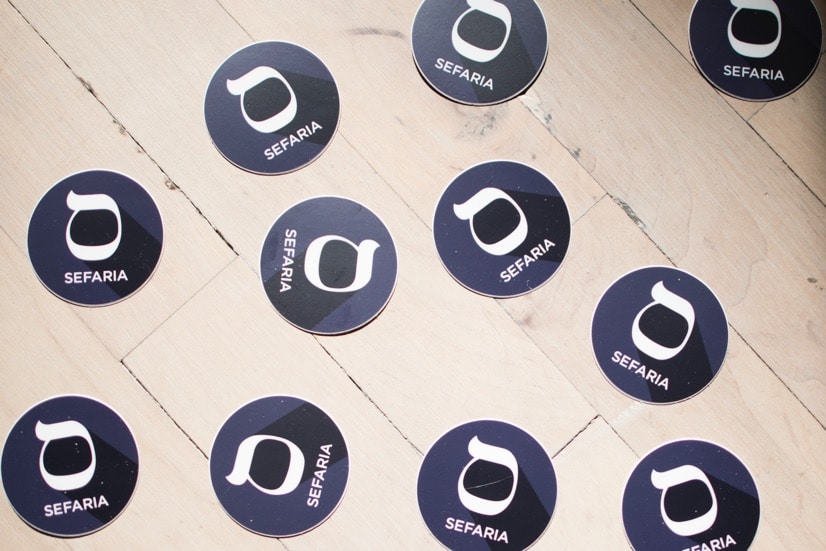
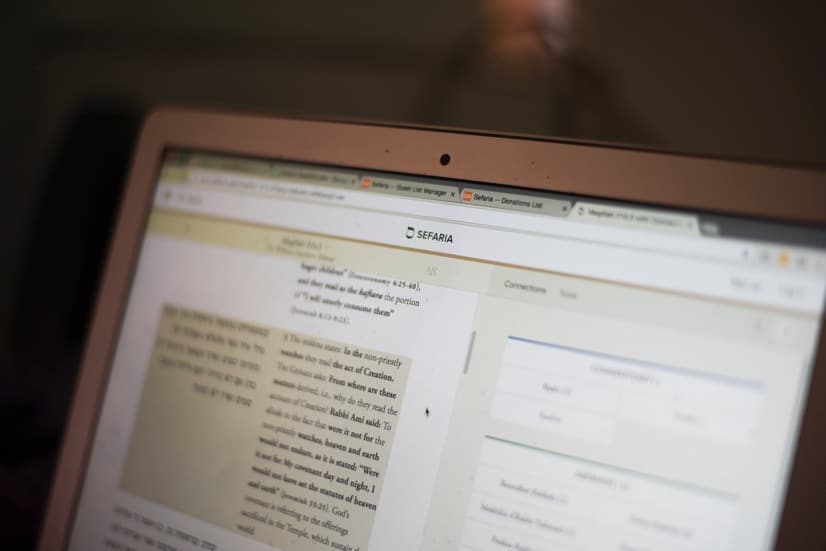
What is Sefaria and why did you create it?
Sefaria is a project to bring the whole tradition of Jewish textual learning into the best possible future.
It means going from printed word into a digital world. It means that the texts are free and accessible to people, that they’re in translation if people need them to be. They’re digital in a way that’s flexible and can power new kinds of applications and experiences that we haven’t even imagined yet.
These texts are of collective value for all of us. They don’t belong to anyone.
The texts are part of the tradition that makes us who we are. The text represents unifying potential, neutral ground, and we differ in our interpretation of them. They should be available, they should be free, they should be easy to learn. I don’t think that’s radical, I think everybody wants that.
I started the project along with Joshua Foer, who I met in Israel when we were 17. My role now is the Chief Technology Officer. I was the person who coded the original version of the site. Now, we have a whole team of engineers. We have a whole team of people who are working with schools and organizations, figuring out how they can use what we have and what we should build next.
Early on, a big part of our strategy for building this database was controversial, which was crowdsourcing. There were tons of people who were excited and willing to volunteer time to help us translate text. It really got the ball rolling. Some people said, “That’s fantastic. You’re letting everybody participate.” Other people thought, “You’re letting who translate what text and who’s going to review it and how do I know?”
Now, we’re trying to get people to record their own thoughts. What is in our library right now, that’s personal creativity. List the sources, then you can add in your commentary and your questions or an image or a video that’s related to it.
People are expressing themselves and making texts meaningful.
It’s amazing to see people engaging with one another, from Orthodox backgrounds to Reconstructionist students.
We got a moving email from a teenager in California who lived in a small town that didn’t really have Jews in it. She felt isolated, and she loved Sefaria. She started a club at her school. She would print out a source sheet and bring it to the club. She was not religious, but this was providing a way to connect to the text and feel like she had a community, even if she was isolated physically.
What’s something that you’re curious about?
My work environment. I think about the challenges we have in growing a team and an organization and our project. Something I’m wondering about is how to keep focus on something, keep something moving forward, when it becomes more complicated.
Early on, it was mostly just me working on Sefaria with Josh. It was a solitary project, which was appealing to me. Now, how do we keep it going when I can’t do it alone and I have to engage with a team and a network of supporters and contributors, which is both exciting and continually challenging? I fall into the extroverted introvert category where I can be outgoing, but it’s not necessarily easy.
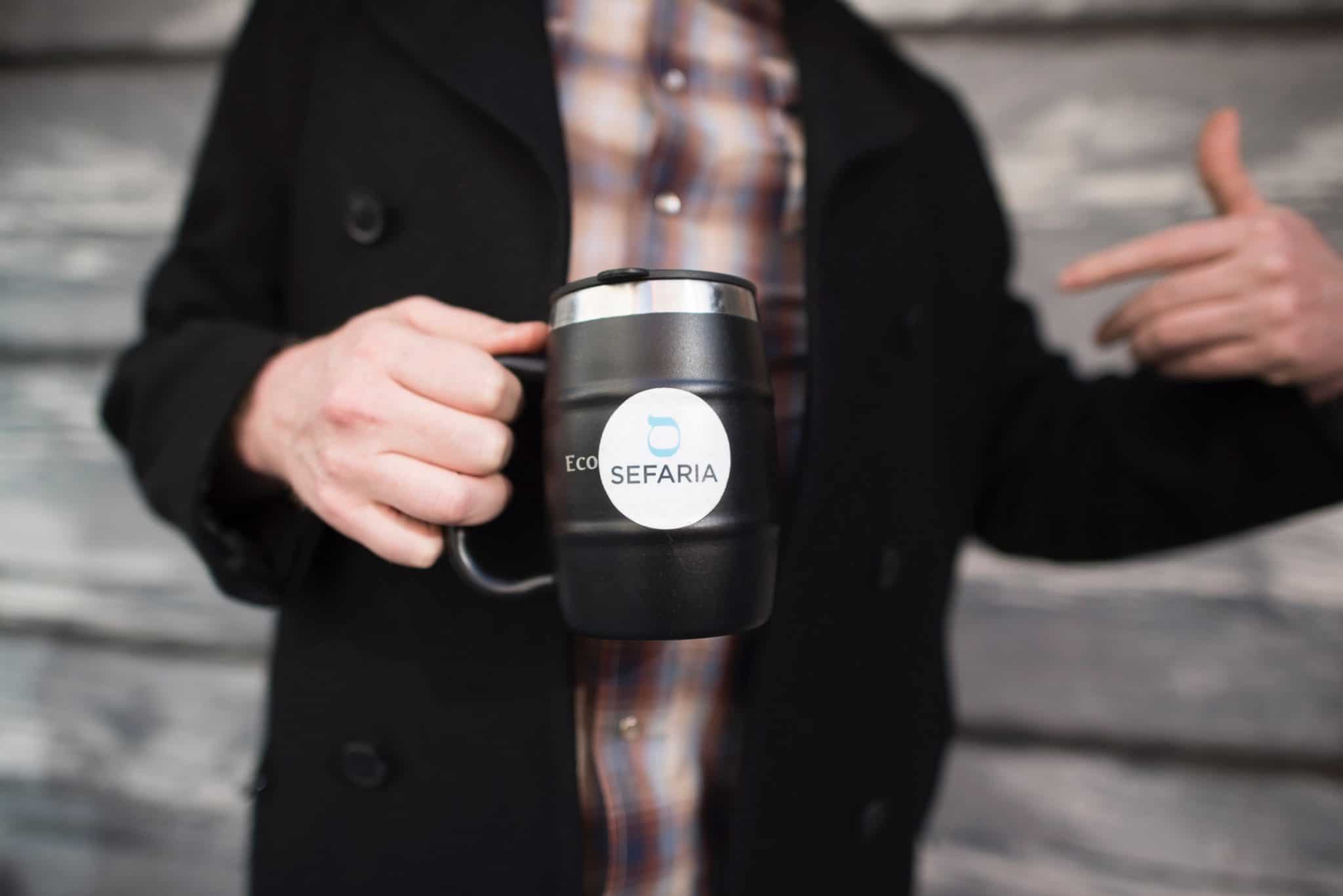
Do you have a hobby?
I used to spend a lot of time making art. Mosaics, in particular. I make stained glass.
It’s similar to the feeling of slow, productive, focused writing code. I enjoy the meditative process of the work and the relationship of parts to wholes that you get in mosaics. I love the reflections and translucency and iridescence you can get working with glass.
Who are the artists and creators you most admire?
The artist that I’ve been most obsessed with in my life is James Joyce.
I’m a big fan of Ulysses. I see parallels to things I like about Jewish text – it seems big and messy and complicated and not one-sided. Ulysses does a good job of representing a whole world of human experience and not trying to boil it down to one particular take.
Later on, I got into Finnegans Wake. We started a reading group that met in my apartment for a while: Finnegans Popcorn. It was a no-homework reading club. People would just show up, you’d read as much as you can stomach, then you’d say “popcorn” and somebody else’s name and you’d move on. Finnegans Wake is intended to be a circle. It has no beginning and end. We would read the whole book, then get to the very end and keep going. We read through the book 3 times sitting together that way.
My partner, Lauren, came to Finnegans Wake Popcorn and was a fantastic reader. My dog is Finnegan.
Finnegans Wake is a beautiful, weird, mesmerizing book. It communicates in a weird way, so, if you do read it aloud, maybe drink a little whiskey to help you.
You hear funny things in it. It’s very dreamlike, it’s hard to hold onto. But, if you read it out loud, you’ll actually laugh a lot.
Tell me about Lauren.
Lauren is awesome. She’s great at reading Finnegans Wake, good intonations.
Lauren is wonderful. She just finished up school at Berkeley, focusing on conservation research studies. She’s a plant nerd. Our apartment is full of wonderful, living plants.
What’s something that surprised you about being in a loving partnership or something that really works for you and Lauren as a team?
This shouldn’t be surprising, but working through things works. Actually pushing back on one another and having conflict and expressing it can feel bad, and it can also move you forward, and you can feel closer to someone, and you know more about how to relate to them the more you do that.
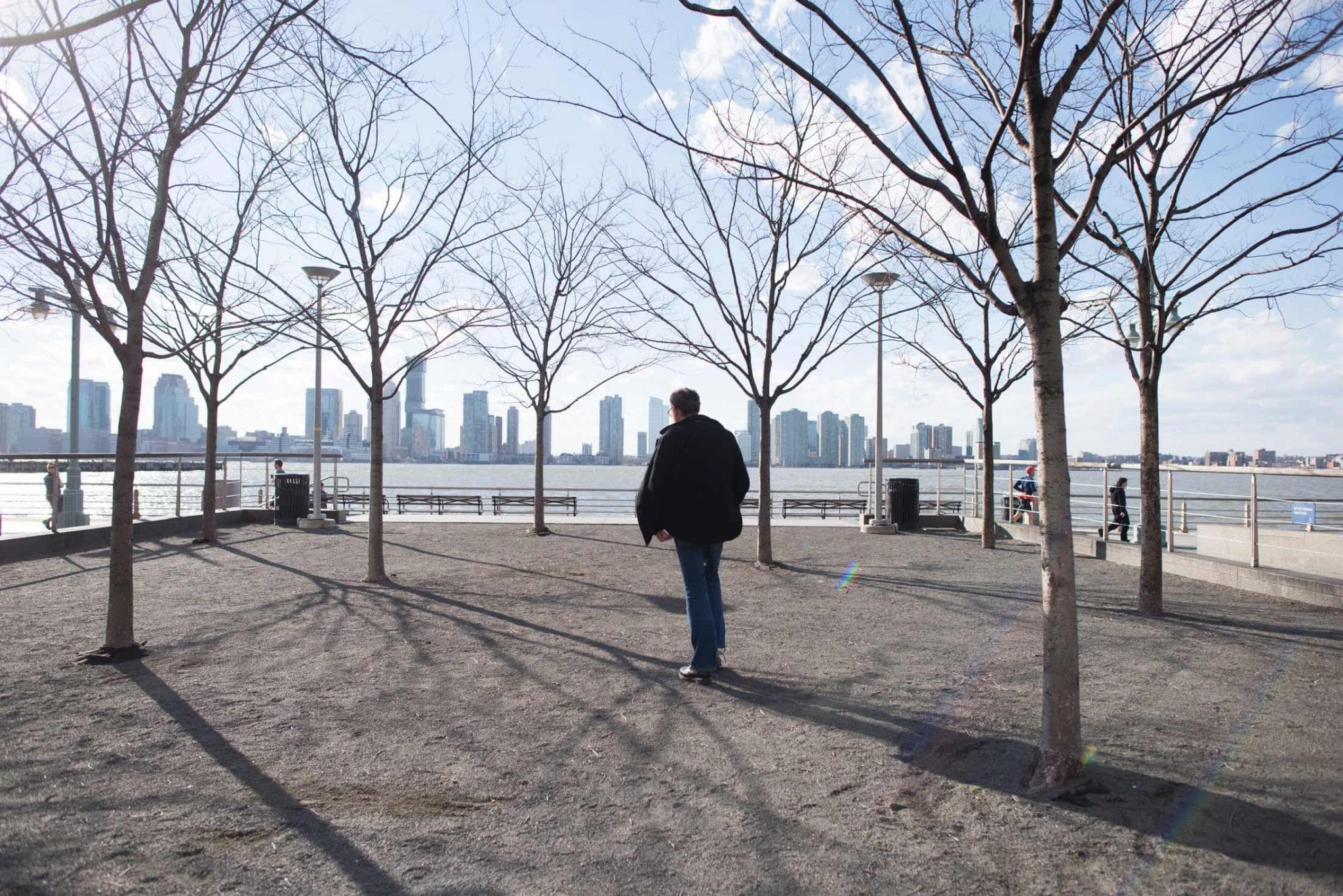
What is your favorite place on earth?
San Francisco is definitely my favorite city on Earth. It’s got a lot of issues and it’s changing, but it has certain physical characteristics that really make life good. It has beautiful hills, beautiful architecture, you can walk everywhere. If you need to get away, you have the cliffs and the oceans and the redwoods. Living close to the redwoods is really a fantastic privilege. They are majestic creatures, and it’s amazing to hang out with them every now and again.
Favorite and least favorite Jewish foods?
I’m a fan of most Jewish foods. Definitely love me some salmon. I like a good cholent, but not all of them are good.
What makes a good cholent?
I don’t know, maybe how hungry you are.
Photos by Tim Gibson
Thank you for visiting Arq!
Arq is no longer publishing new content. We hope you'll enjoy our archived posts.